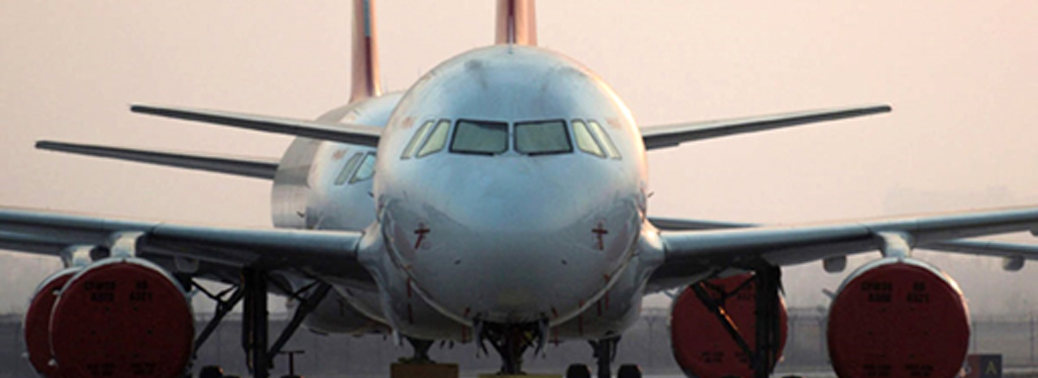AIRCRAFT AMENDMENT BILL, 2020
25, Mar 2020

Prelims level : Policies
Mains level : GS-II Government policies and interventions for development in various sectors and issues arising out of their design and implementation.
Why in News:
- The Lok Sabha has recently passed the Aircraft (Amendment) Bill, 2020 which seeks to amend the Aircraft Act, 1934.
Highlights
- It will provide statutory status to regulatory institutions like the Directorate General of Civil Aviation (DGCA), the Bureau of Civil Aviation Security (BCAS) and the Aircraft Accident Investigation Bureau (AAIB).
- It regulates the manufacture, possession, use, operation, sale, import and export of civil aircrafts and licensing of aerodromes.
- The statutory status to these regulatory institutions would improve India’s aviation safety ranking as suggested by the International Civil Aviation Organization (ICAO).
- It proposes to increase the fine amount for violations of rules from ₹10 lakhs to ₹1 crore for aviation industry players.
- It may cancel the licences, certificates or approvals granted to a person under the Act if the person contravenes any provision of the Act.
- It exempted aircrafts belonging to the naval, military, or air forces of the Union. It expands this exemption to include aircrafts belonging to any other armed forces other than these three.
- DGCA will carry out oversight and regulatory functions with respect to matters under the Bill.
- BCAS carries out regulatory oversight functions related to civil aviation security.
- AAIB carries out investigations related to aircraft accidents and incidents.
About Challenges of the Bill:
- The civil aviation sector had been deregulated with little role for the government to set air fare.
- There has been a drop in demand and airline companies are under stress due to the COVID-19 outbreak.
- The aviation sector faces the shortage of Air-Traffic Controllers (ATCs). The cases of “near miss” in the skies have increased.
- Air India is having huge losses (₹26 crores daily) due to its disinvestment and it is likely to get worse in the wake of the pandemic.
Way Ahead:
- Airfares need to remain affordable and airlines also need to remain viable.
- The strength of ATCs needs to be increased to avoid any possibility of mid-air collisions. India has 3,500 ATCs and 250 more will be hired next year.
- A near miss is when two aircraft come so close that their safety is compromised. The safe distance between two planes flying in opposite directions is 40 seconds depending on their speed. Similarly, the vertical distance of 1,000 feet is Considered Safe.






